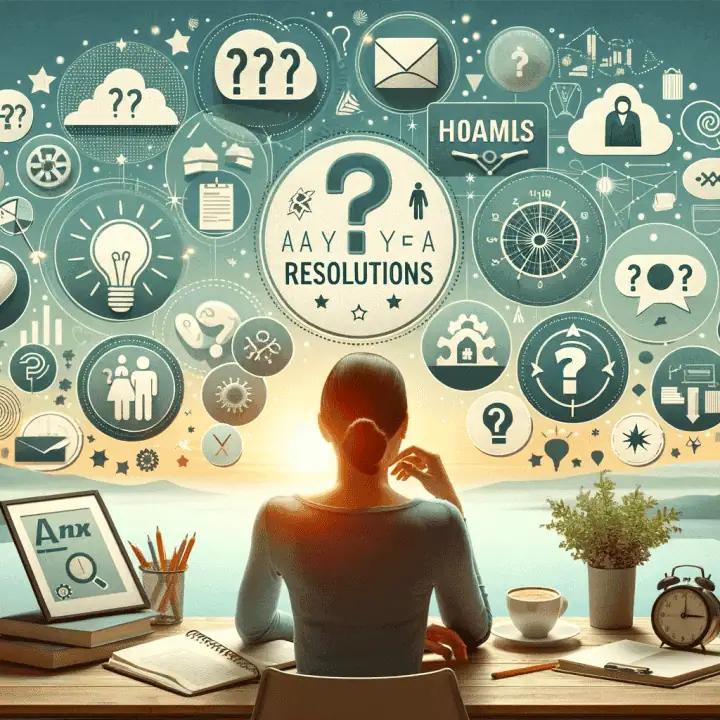Developing the Coaching Relationship with NLP
When two or more people get together to produce a project, it works best when they all share the same framework. They need to know the outcome for the project, the time allowed to complete it, the resources available to them, the capacities of the other members, and what they and the others agree to contribute. Initially, they may be working with strangers whose only reference is their CV, but over time, relationships develop, competencies are demonstrated, and each member forms beliefs about the capacities, inclinations, and performance levels of the others. Credibility is established through ongoing exposure.
The armed services use training exercises and shakedown cruises to enable new teams to discover each other’s strengths and weaknesses before doing serious work together. This allows relationships to develop in a low-risk context, so the team can function effectively in real-world situations. Low-risk means there is no combat and no additional mission. The organisers often include a level of perceived risk specifically to enhance team building and expose the members to pressured conditions. The military can do this with impunity because the members have already accepted its terms of employment and have an existing relationship.
Coaching, especially in personal thinking and communication skills, cannot function in an atmosphere of mistrust or perceived doubt in the ability or intentions of the coach. A coach has to elicit unfamiliar behaviour in a client to enable the client to learn new skills. New behaviour is a product of changes in a person’s thinking process and the client’s thinking will only change by trying out new ideas, beliefs, and processes. Therefore, the client needs to be willing to experiment, suspend some beliefs, albeit briefly, and take direction of their thinking processes to discover different possibilities.
As a client, would you do this with a stranger? How do you know they have your best interests at heart? How do you know they won’t scramble your faculties? How long does it take you to establish that someone can or cannot coach you effectively?
The Coaching Relationship
The coaching relationship takes time to develop. It requires framing of ideas and clear, step-by-step instructions for mental process. In my own practise, I often wish I could take a new client through a particular process before I have taught them the basics of it. It only takes two or three sessions to get there, but if I did it too soon, they might not participate, and I would lose their trust and my credibility. If I leave it for another time, when I have succeeded at simpler work, they participate willingly and get excellent results.
The technical term is pacing and leading. This means I keep my requests and behaviour within a range that the client can relate to, going with them for as long as necessary for them to begin to extend. It is possible to achieve something worthwhile in the first session while attending to creating the relationship, and it pays dividends in the future having unlimited credibility.
Part of relationship building includes training clients to use mental attributes they may not know they possess. Some change processes have prerequisite skills, so the early stages of coaching can require us to assist a client to gain these skills. Internal representation of images is one such skill.
I accept that people visualise internally, seeing mental images from memory and imagination. I also accept that many people use visualisation without experiencing subjective awareness of seeing anything and that some people believe they do not visualise at all. I want clients to be able to visualise anything they choose at will and I can facilitate this without stretching their credulity.
First, I want clients to prove to themselves that they use internal images, so I ask ordinary questions about everyday incidents that require visualisation to answer. Ordinary social questions about a client’s journey to my office work well. I might ask where they left their car, how close it is parked to the next car, or how crowded the station was. I could ask about a family member, a favourite item of clothing, or their house or workplace. Any of these topics elicit internal images, to which I draw their attention. Once they realise that their answers to visually-oriented questions required imagery, they discover that they have been doing it for years.
Sometimes, just knowing how we produce answers to visual questions is enough. As long as we act as if we are visualising deliberately and allow the result to remain outside conscious awareness, we can continue to produce accurate descriptions from it and the skill is demonstrably adequate for the job. Over time, most people’s awareness shifts so they start to see their images consciously once they know they are visualising.
For the more literal minded individual, we can bring visualisation to conscious awareness. The idea is more acceptable when someone knows they do visualise already, so I use the above information first.
Then I will ask the client to think of a specific image, maybe their house or their car or a family member; something familiar and preferably pleasing to them. We know from NLP that visual access is most detectable when the eyes are directed above the eye line. I will not specify a direction; merely suggest a slow sweep from left to right and vice versa, so long as the line of sight remains above the eye line. The client will discover where the best quality image is, for themselves, and it may be in a different place for different subject matter. This enables most people to see their visualisations.
For the occasional person for whom visualisation remains persistently unconscious, I ask the person to shut their eyes, imagine smelling a rose, and lift their closed eyes above the eye line. If they really get the scent with their eyes closed and lifted, they will see an image of the rose they are smelling. Smell is a fast track to memory, direct from the limbic system of the brain. Smell evokes memories effortlessly, bringing representations of all our senses online instantly.
What does teaching someone to see internal images have to do with the coaching relationship? It enables the client to have an experience of being coached successfully, at their own pace. There is instant evidence to support the coach’s credibility and demonstrate the client’s capacity. It prepares the client for future coaching activity while engaging them in learning in the present, and it allows the coach to frame their approach while using it.
If, at the first session, with no framing of the coaching relationship and no staged instruction to pace the client’s experience, you launch a request that the client imagine having their outcome, as if in real time, they may have no idea what to do. They may not even know what they want at this stage; let alone how to represent it. Such a course of action would be demoralising for the client and reduce your credibility for the future. That spells unnecessary effort for both parties and a less rewarding coaching situation.
On the other hand, if you pace the client’s experience and lead them gently in stages with clear instructions and evidence, they will discover what they can do and extend it. You can harness their own abilities to assist them identify and achieve what they want. Then coaching becomes fun and a journey of discovery for both parties, enabling the client to dance with their own mind and choose their experiences after trying them on first.
An excerpt from our forthcoming book on Coaching by Jules and Chris Collingwood
Learn more
Check out our 10970NAT Graduate Certificate in Neuro-Linguistic Programming program.
(Note: If you would like to learn more about the New Code of NLP, you can get a copy of our latest Kindle book, ‘AEGIS: Patterns for extending your reach in life, work & leisure’ by Jules Collingwood, NLP Trainer. For only $4.99 here).
Learn more about NLP by reading our Ultimate Compendium of NLP
If you found this article useful, please share it!
Similar Posts
Subscribe Now!
Stay Up-to-Date with Our Latest Courses and Special Offers
Stay in the loop with new course releases and opportunities by completing our form. Never miss out!


